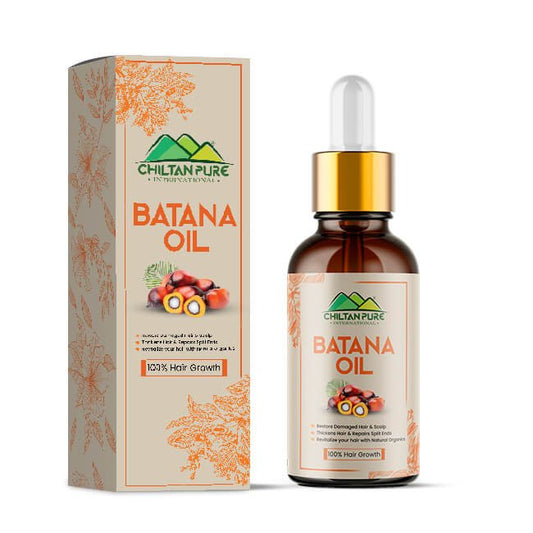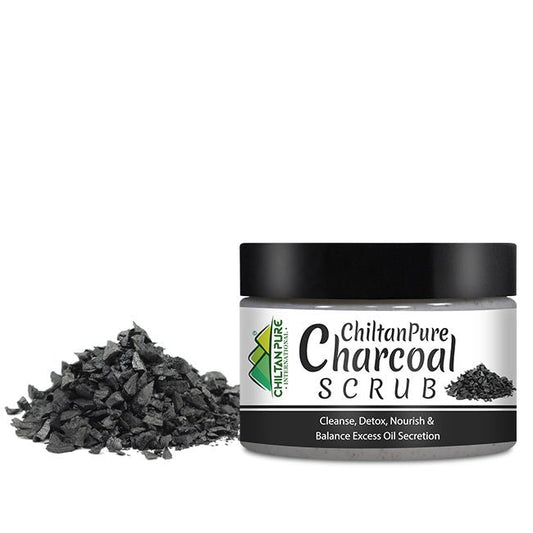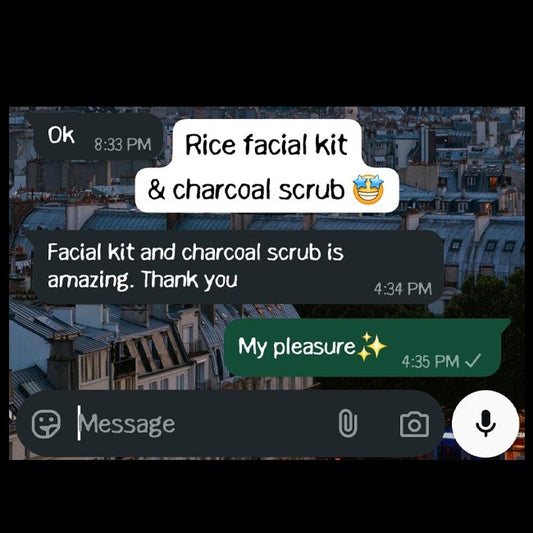Halawa Finger Wax - Made With Apple 🍎 Extract
- Regular price
- Rs.990
- Regular price
-
Rs.1,100 - Sale price
- Rs.990
- Unit price
- per
Prime Fast Delivery
|
Couldn't load pickup availability
Halawa wax, also known as sugaring wax or simply sugaring, is a natural hair removal method that has been used for centuries in various cultures. It's made primarily from sugar, lemon juice, and water. Halawa waxing is a popular choice for those looking for a natural and effective hair removal method. Halawa wax is typically less painful than traditional hot wax because it adheres less to the skin and is applied at a lukewarm temperature.
Here's a breakdown of its description, benefits, and application
Halawa wax is a soft, pliable paste-like substance with a consistency similar to honey.
It's typically made from simple ingredients such as sugar, lemon juice, and water, making it an all-natural alternative to traditional waxing products.
The paste is applied to the skin in the opposite direction of hair growth and then quickly removed, pulling the hair out from the root.
Benefits
Natural Ingredients: Halawa wax is made from natural ingredients, making it a safer and gentler option for hair removal compared to chemical-laden waxing products. Halawa typically consists of simple ingredients like sugar, water, and lemon juice, making it a natural and chemical-free hair removal option.
Gentle on Skin: The natural composition of halawa makes it gentle on the skin, reducing the risk of irritation or allergic reactions compared to some synthetic waxing products.
Less Irritation: Sugaring wax adheres only to the hair and not to the skin, resulting in less irritation and discomfort during the hair removal process.
Water Soluble: Halawa is water-soluble, making it easy to clean up with just water. This is in contrast to some waxing products that require additional substances for removal.
Exfoliation: As the wax is removed from the skin, it also helps to exfoliate dead skin cells, leaving the skin smooth and soft. As the sugar wax adheres to the hair and dead skin cells, it acts as a natural exfoliant, leaving the skin smoother after hair removal.
Longer Lasting Results: Halawa wax removes hair from the root, resulting in longer-lasting smoothness compared to shaving, where hair is only removed from the surface.
Reduced Risk of Ingrown Hairs: sugaring removes hair in the direction of hair growth, there is a reduced risk of ingrown hairs compared to traditional waxing methods. Halawa tends to provide longer-lasting results compared to shaving, as it removes hair from the root, resulting in slower regrowth
Hair Growth Reduction: Regular use of halawa can sometimes lead to a reduction in hair growth over time. This is because it removes hair from the root, potentially weakening hair follicles.
Usage
Prepare the Skin: Ensure the skin is clean and dry before applying the wax. You can lightly dust the area with talcum powder to absorb any excess moisture.
Apply the Wax: Using your fingers or a spatula, apply a thin layer of wax to the skin in the direction of hair growth.
Remove the Wax: Once the wax has slightly hardened, quickly flick the edge of the wax with your fingers or a spatula and pull it off in the opposite direction of hair growth, keeping the skin taut with your other hand.
Repeat as Needed: Continue applying and removing the wax in small sections until the desired area is hair-free.
Cleanse and Soothe: After hair removal, cleanse the skin with water and a mild soap to remove any residue. You can also apply a soothing lotion or aloe vera gel to calm the skin.
bolawana wax / bodywax
Related Products
- Regular price
- Rs.990
- Regular price
-
Rs.1,100 - Sale price
- Rs.990
- Unit price
- per
- Regular price
- Rs.990
- Regular price
-
Rs.1,100 - Sale price
- Rs.990
- Unit price
- per
- Regular price
- Rs.990
- Regular price
-
Rs.1,100 - Sale price
- Rs.990
- Unit price
- per
- Regular price
- Rs.990
- Regular price
-
Rs.1,100 - Sale price
- Rs.990
- Unit price
- per
- Regular price
- Rs.990
- Regular price
-
Rs.1,100 - Sale price
- Rs.990
- Unit price
- per
- Regular price
- Rs.990
- Regular price
-
Rs.1,100 - Sale price
- Rs.990
- Unit price
- per
- Regular price
- Rs.990
- Regular price
-
Rs.1,100 - Sale price
- Rs.990
- Unit price
- per
- Regular price
- Rs.990
- Regular price
-
Rs.1,100 - Sale price
- Rs.990
- Unit price
- per
- Regular price
- Rs.990
- Regular price
-
Rs.1,100 - Sale price
- Rs.990
- Unit price
- per
- Regular price
- Rs.990
- Regular price
-
Rs.1,100 - Sale price
- Rs.990
- Unit price
- per
Recently Viewed Products
- Regular price
- Rs.990
- Regular price
-
Rs.1,100 - Sale price
- Rs.990
- Unit price
- per
- Regular price
- Rs.990
- Regular price
-
Rs.1,100 - Sale price
- Rs.990
- Unit price
- per
- Regular price
- Rs.990
- Regular price
-
Rs.1,100 - Sale price
- Rs.990
- Unit price
- per
- Regular price
- Rs.990
- Regular price
-
Rs.1,100 - Sale price
- Rs.990
- Unit price
- per
- Regular price
- Rs.990
- Regular price
-
Rs.1,100 - Sale price
- Rs.990
- Unit price
- per
- Regular price
- Rs.990
- Regular price
-
Rs.1,100 - Sale price
- Rs.990
- Unit price
- per
- Regular price
- Rs.990
- Regular price
-
Rs.1,100 - Sale price
- Rs.990
- Unit price
- per
- Regular price
- Rs.990
- Regular price
-
Rs.1,100 - Sale price
- Rs.990
- Unit price
- per
- Regular price
- Rs.990
- Regular price
-
Rs.1,100 - Sale price
- Rs.990
- Unit price
- per
- Regular price
- Rs.990
- Regular price
-
Rs.1,100 - Sale price
- Rs.990
- Unit price
- per
- Choosing a selection results in a full page refresh.
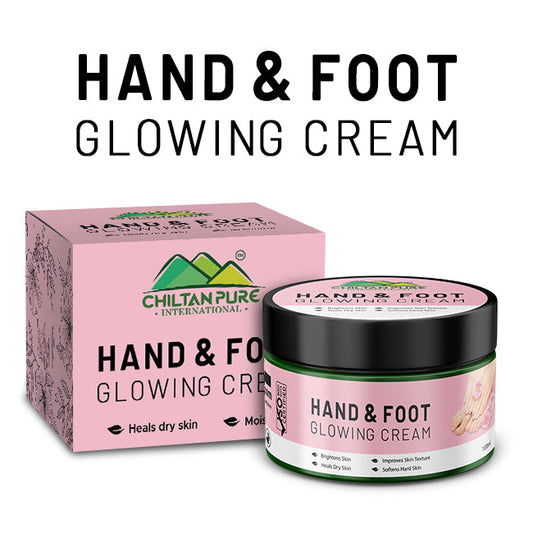
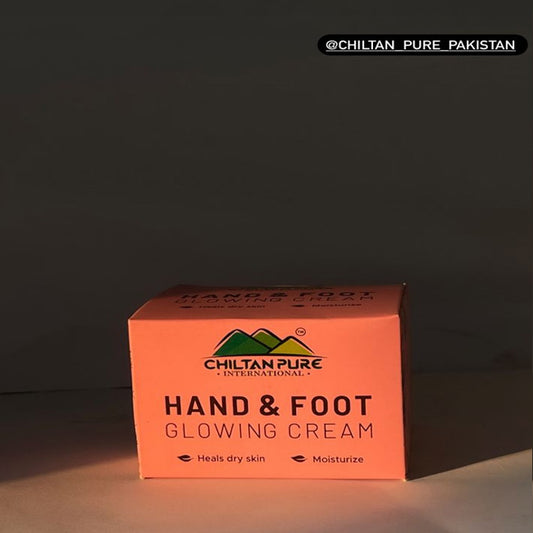


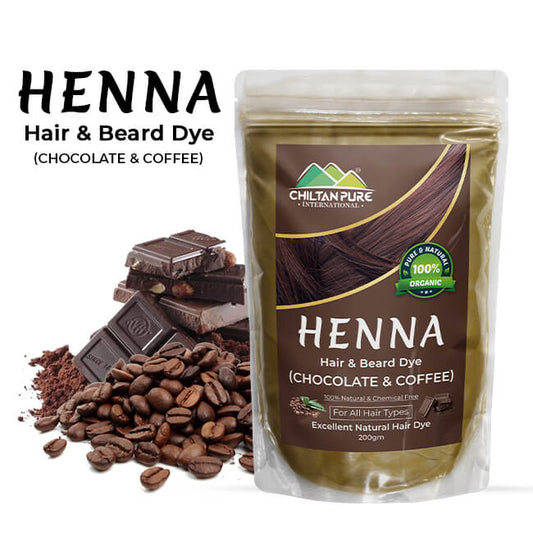
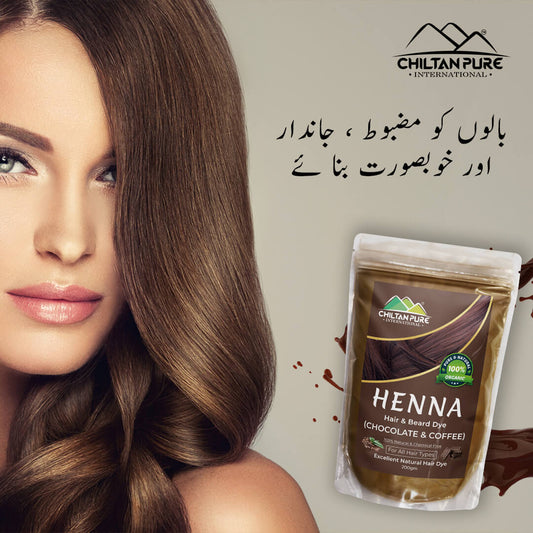
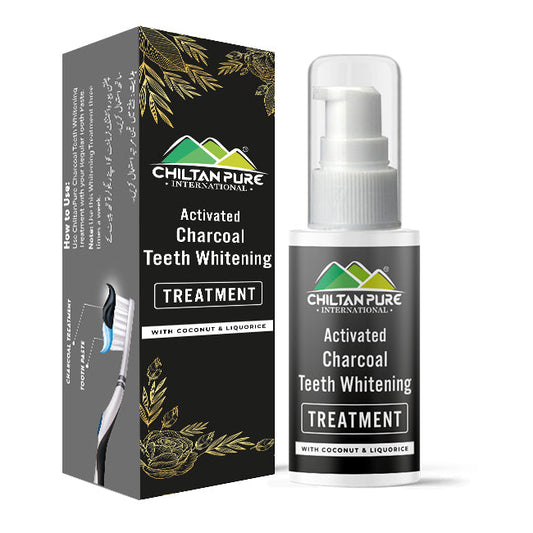

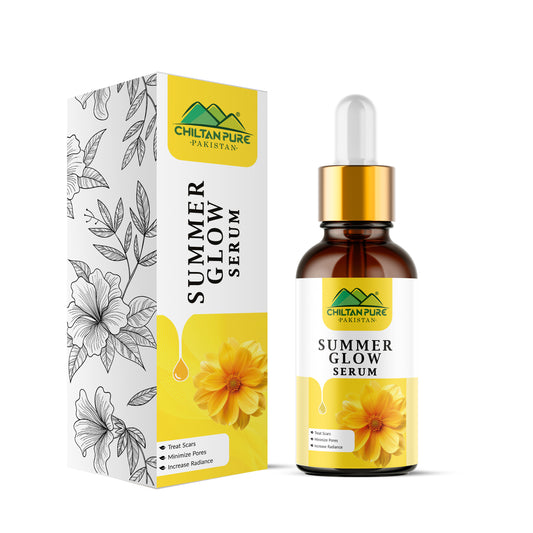
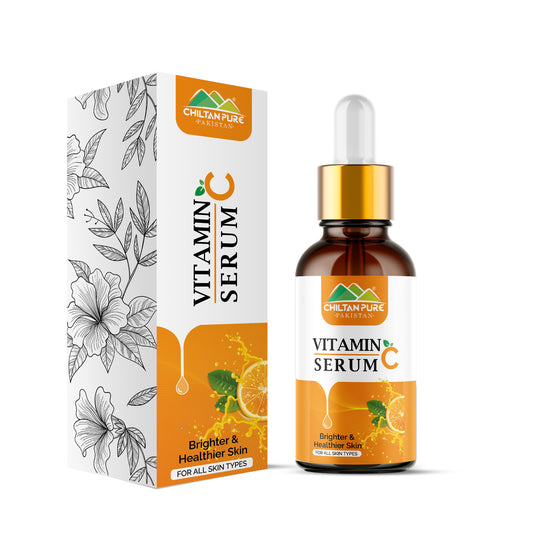
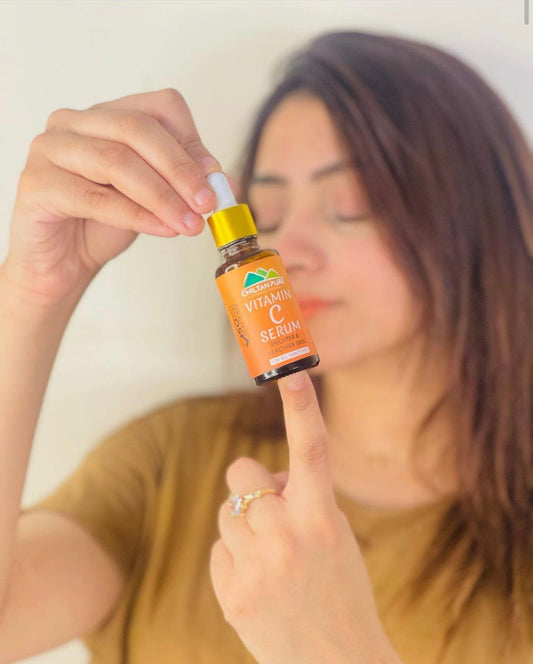
![Red Onion Oil 🧅 Reduces Hair Fall & Accelerates Hair Regrowth [پیاز کا تیل].. Trending.... 🔥](http://chiltanpure.pk/cdn/shop/files/Onion-Oil_533x.jpg?v=1707234520)
![Red Onion Oil 🧅 Reduces Hair Fall & Accelerates Hair Regrowth [پیاز کا تیل].. Trending.... 🔥 - Mamasjan](http://chiltanpure.pk/cdn/shop/products/red-onion-oil-reduces-hair-fall-amp-accelerates-hair-regrowth-piaz-ka-til-trending-291868_533x.jpg?v=1707234520)
